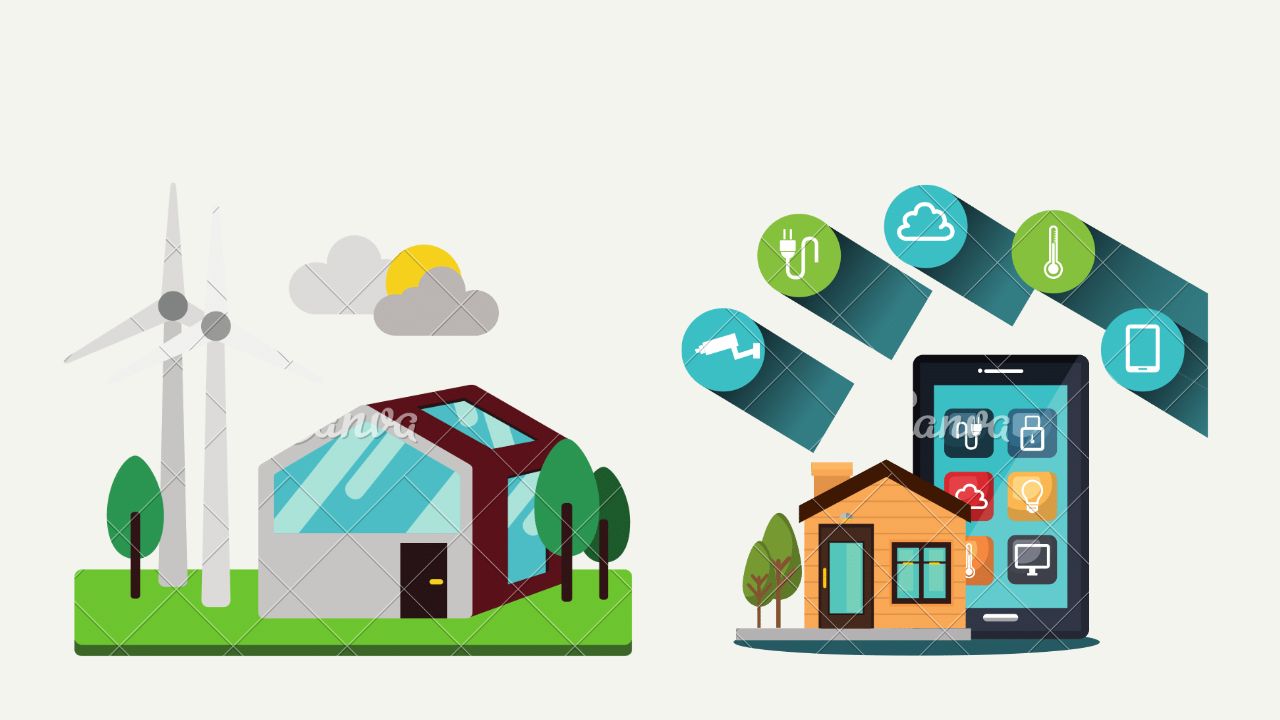In the face of growing environmental challenges, the integration of sustainable technology solutions has emerged as a critical imperative. From renewable energy sources to eco-friendly materials and smart resource management, technological innovations are driving a paradigm shift towards a more sustainable and environmentally conscious future. In this exploration, we delve into various sustainable technology solutions that are contributing to environmental stewardship and fostering a greener planet.
Renewable Energy Technologies

1. Solar Power: Solar power technology harnesses energy from the sun to generate electricity. Advances in photovoltaic cells, solar panels, and energy storage systems have made solar energy increasingly efficient and cost-effective. Solar power is a key player in the transition to clean energy, providing a sustainable alternative to traditional fossil fuels.
2. Wind Power: Wind turbines convert the kinetic energy of the wind into electrical power. Ongoing innovations in wind turbine design, such as larger and more efficient blades, contribute to increased energy output. Wind power is a scalable and eco-friendly solution for generating electricity, particularly in regions with strong and consistent winds.
3. Hydropower: Hydropower utilizes the energy of flowing water to generate electricity. From traditional dams to run-of-the-river and tidal power systems, hydropower remains a reliable and renewable energy source. Innovations in hydropower technologies focus on minimizing environmental impacts and increasing efficiency.
Energy Storage and Management
1. Battery Technologies: Advancements in battery technologies play a crucial role in sustainable energy storage. Lithium-ion batteries, solid-state batteries, and emerging technologies are improving energy density, reducing charging times, and extending the lifespan of energy storage systems. Efficient energy storage enhances the stability and reliability of renewable energy sources.
2. Smart Grids: Smart grid technologies enable efficient and intelligent electricity distribution. By integrating sensors, communication networks, and automation, smart grids optimize energy usage, reduce transmission losses, and enhance the integration of renewable energy sources into the existing power infrastructure.
Green Building Technologies
1. Energy-Efficient Design: Green building technologies focus on energy-efficient design and construction practices. This includes the use of sustainable materials, efficient insulation, and smart HVAC systems to reduce energy consumption in buildings. Green building certifications, such as LEED (Leadership in Energy and Environmental Design), promote environmentally responsible construction.
2. Smart Home Technologies: Smart home technologies enhance energy efficiency and sustainability at the consumer level. Home automation systems allow users to monitor and control energy usage, lighting, and HVAC systems remotely. Integration with renewable energy sources further reduces the ecological footprint of residential buildings.
Circular Economy and Waste Management
1. Recycling Technologies: Technological innovations in recycling processes contribute to the development of a circular economy. Advanced recycling technologies can efficiently recover valuable materials from waste streams, reducing the need for raw materials and minimizing environmental impact.
2. Waste-to-Energy: Waste-to-energy technologies convert organic waste into electricity or heat. Anaerobic digestion, incineration, and gasification are among the methods employed to extract energy from organic waste, simultaneously addressing waste management challenges and providing a renewable energy source.
Transportation Solutions
1. Electric Vehicles (EVs): The rise of electric vehicles represents a transformative shift in sustainable transportation. EV technologies, including improved battery performance and charging infrastructure, contribute to reducing greenhouse gas emissions and dependence on fossil fuels in the automotive sector.
2. Sustainable Fuels: Advancements in sustainable fuels, such as biofuels and hydrogen, offer alternatives to traditional fossil fuels in various modes of transportation. Sustainable aviation fuels and green hydrogen, produced using renewable energy sources, aim to decarbonize sectors with complex energy requirements.
Challenges and Considerations
1. Scalability and Affordability: Scaling up sustainable technologies and making them financially accessible remain challenges. Further research, innovation, and policy support are essential to ensure the widespread adoption of sustainable solutions across different sectors.
2. Technological Integration: Integrating various sustainable technologies into existing infrastructures poses challenges related to compatibility and interoperability. Developing cohesive frameworks for technological integration is crucial for maximizing their collective impact.
3. Regulatory Support: Sustainable technology solutions often rely on supportive regulatory frameworks to thrive. Governments and regulatory bodies play a pivotal role in incentivizing sustainable practices, enforcing environmental standards, and fostering innovation through policy support.
Future Outlook
The future of sustainable technology solutions is marked by ongoing innovation and a commitment to addressing global environmental challenges. As technologies mature, interdisciplinary collaborations and holistic approaches are expected to drive the development of integrated solutions that promote environmental sustainability while meeting the needs of a growing population.
Sustainable technology solutions represent a beacon of hope in the pursuit of a greener and more sustainable future. From renewable energy sources to waste management and transportation, technological innovations are reshaping industries and fostering a collective responsibility towards environmental stewardship. Embracing and advancing sustainable technologies is not only a necessity but also a pathway towards creating a resilient and harmonious coexistence with our planet.



